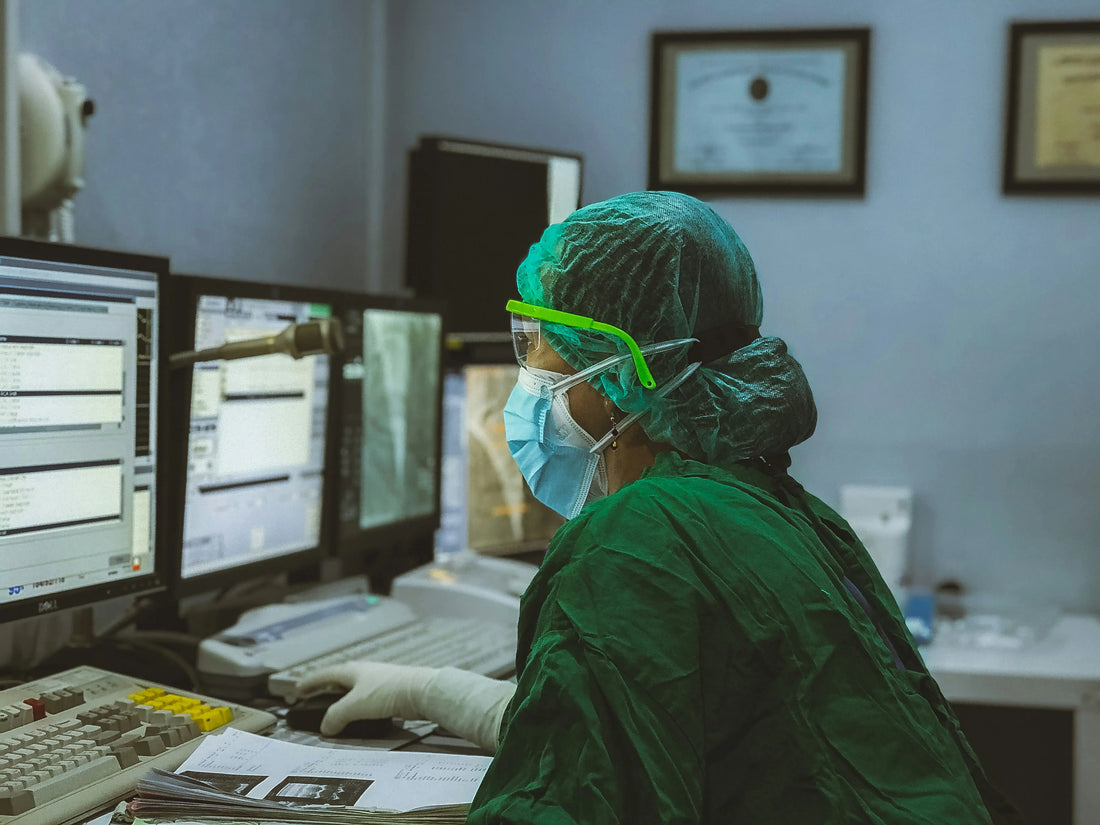
What Is T90 Response Time in Oxygen Sensors?
Share
T90 response time is the measure of how long an oxygen sensor takes to reach 90% of its final reading after a sudden change in oxygen concentration. On datasheets, you will see it written as “T90 < 20 seconds.”
For medical professionals, this value defines how quickly the sensor reflects a change in the patient’s status. During ventilator adjustments, anesthesia delivery, or neonatal monitoring, even a delay of 15 to 20 seconds can affect how treatment decisions are made.
At the same time, the concept is straightforward. A shorter T90 means faster visibility of the real oxygen level, while a longer T90 introduces more delay. Understanding this helps you assess whether a sensor meets the clinical needs of your application.

Why Seconds Matter in Oxygen Monitoring
Response time determines whether an oxygen sensor shows events as they happen or after the fact. In practice, the number on a datasheet influences how you manage a ventilator, react to a sudden desaturation, or maintain control during anesthesia.
Ventilator Adjustments and Weaning
When a ventilator setting changes, feedback must be immediate to show whether the adjustment is effective. Research from the National Institutes of Health highlights “intra-breath arterial oxygen oscillations” in ARDS patients. These are subtle, rapid shifts that a slow sensor smooths into a false average (NIH). With a T90 under 20 seconds, the sensor captures these fluctuations, supporting precise adjustments and lowering the risk of ventilator-induced lung injury.
Patient Emergencies and Rapid Desaturation
During resuscitation, intubation, or transport, oxygen saturation can fall in seconds. A delayed response means intervention comes late. This gap can affect outcomes such as hypoxic brain injury or cardiac arrest. A fast sensor ensures the reading on screen reflects the patient’s current state, not a value that is already 30 or 40 seconds behind.
Anesthesia and Sedation
In surgery, tight oxygen control is fundamental to patient safety. If a sensor lags, transient hypoxic or hyperoxic events may go unseen. A rapid T90 response gives anesthesiologists the feedback needed to maintain a stable oxygen environment throughout the procedure.
How Faster Sensors Improve Patient Monitoring
A shorter response time means oxygen levels are reported in near real time, not as a delayed snapshot. That difference improves both the accuracy of care and the confidence placed in the monitoring system.
With a faster sensor, you gain:
- Earlier warning of desaturation before it becomes critical
- More precise ventilator and anesthesia adjustments without guesswork
- Fewer repeat blood gas analyses, saving time and resources
- Lower cognitive load on staff, who can act on reliable data immediately
These improvements create a monitoring process that supports quicker decisions and strengthens trust in the readings. When the data is current and dependable, focus stays on the patient.
Make Every Second Count
Selecting an oxygen sensor shapes the quality of information available in the most critical moments. It is not only a technical choice but a decision about how much clarity and confidence your teams will have when they need it most.
NRC Pure oxygen sensors are engineered to deliver fast, stable, and accurate readings across the full range of clinical and professional applications. Built to international standards and tested for reliability, they provide the assurance that data on screen reflects real conditions in time to act.
Contact us today and explore how NRC Pure sensors support precision and safety in practice!
Frequently Asked Questions
How important is response time compared to accuracy or lifespan?
All three are critical. Accuracy ensures the reading reflects the true oxygen level. Lifespan ensures consistent performance over months of use. Response time ensures the correct reading arrives quickly enough to guide decisions. A delayed accurate reading can be as harmful as an immediately inaccurate one. A reliable sensor balances all three.
What are the risks of using a sensor with a slow T90, such as over 30 seconds?
The main risk is delayed recognition of oxygen changes. A slow sensor can hide the onset of hypoxia, extend periods of oxygen deprivation, and turn ventilator adjustments into guesswork. This lag creates a gap between the patient’s actual state and the data shown on screen. In emergencies, those seconds can affect outcomes.
Why invest in an NRC Pure oxygen sensor?
The value of a sensor extends beyond its purchase price. NRC Pure sensors are CE and FDA compliant, engineered in Germany, and tested to international standards. They combine long operating life of up to 1,000,000 Vol.% h with stable accuracy and fast response. This reduces replacement cycles, supports efficiency, and provides confidence that the data is both timely and trustworthy.
